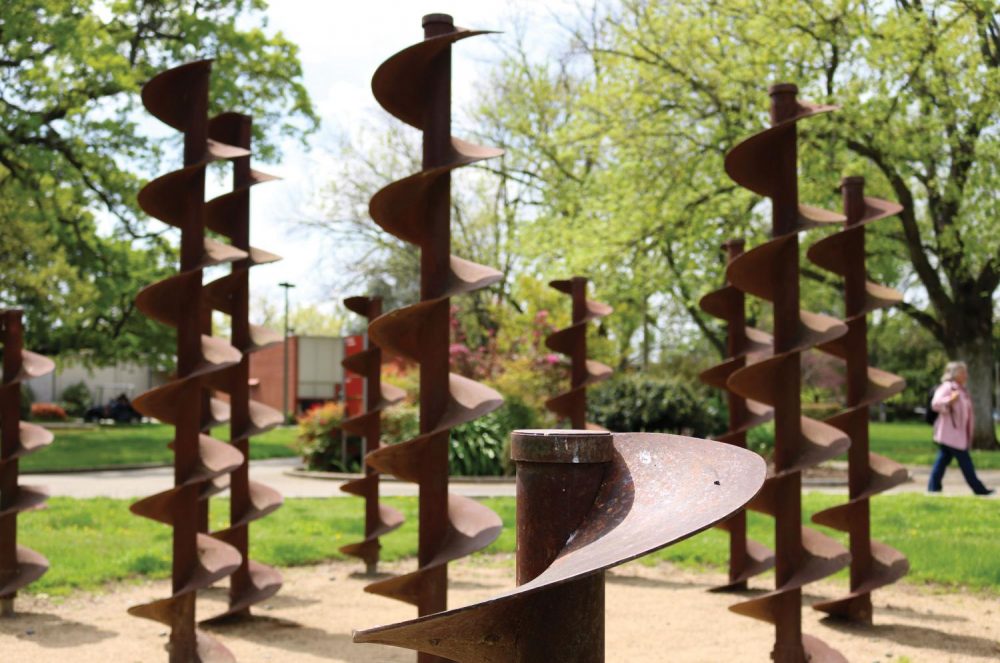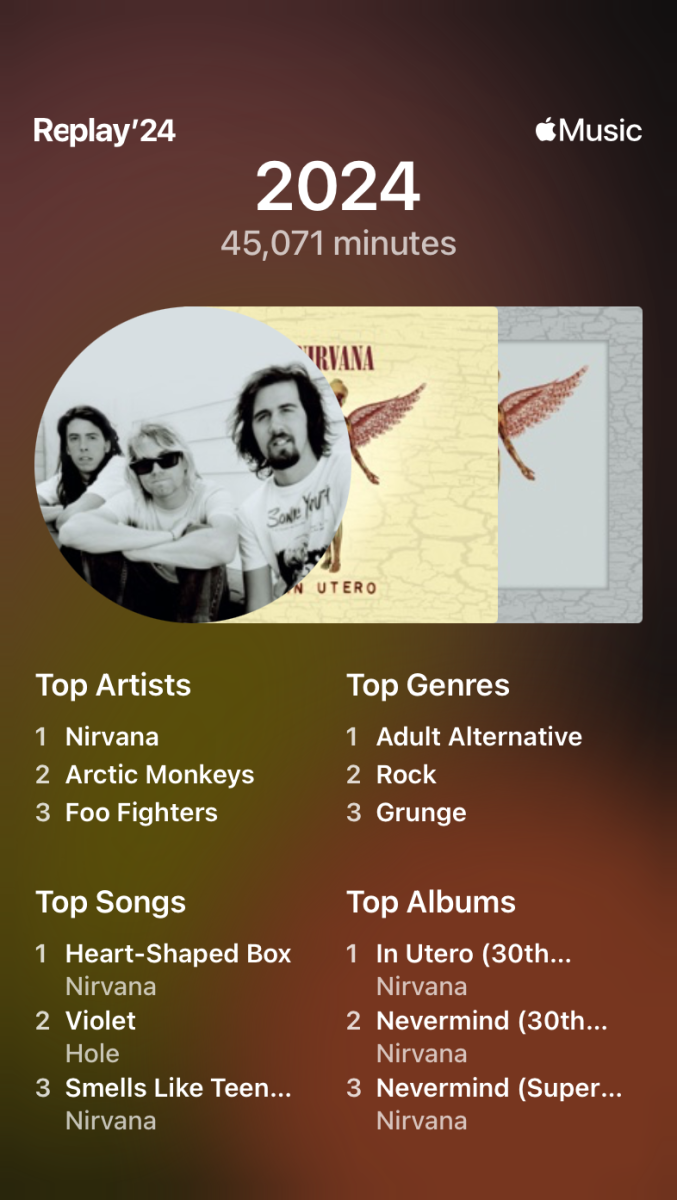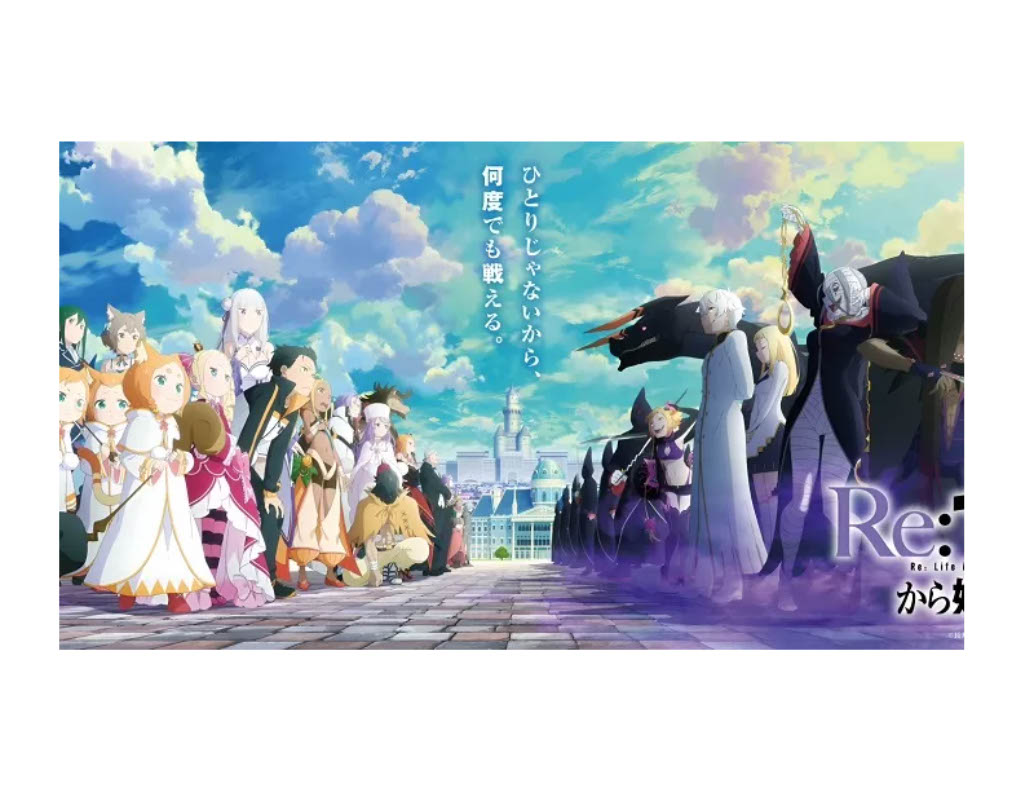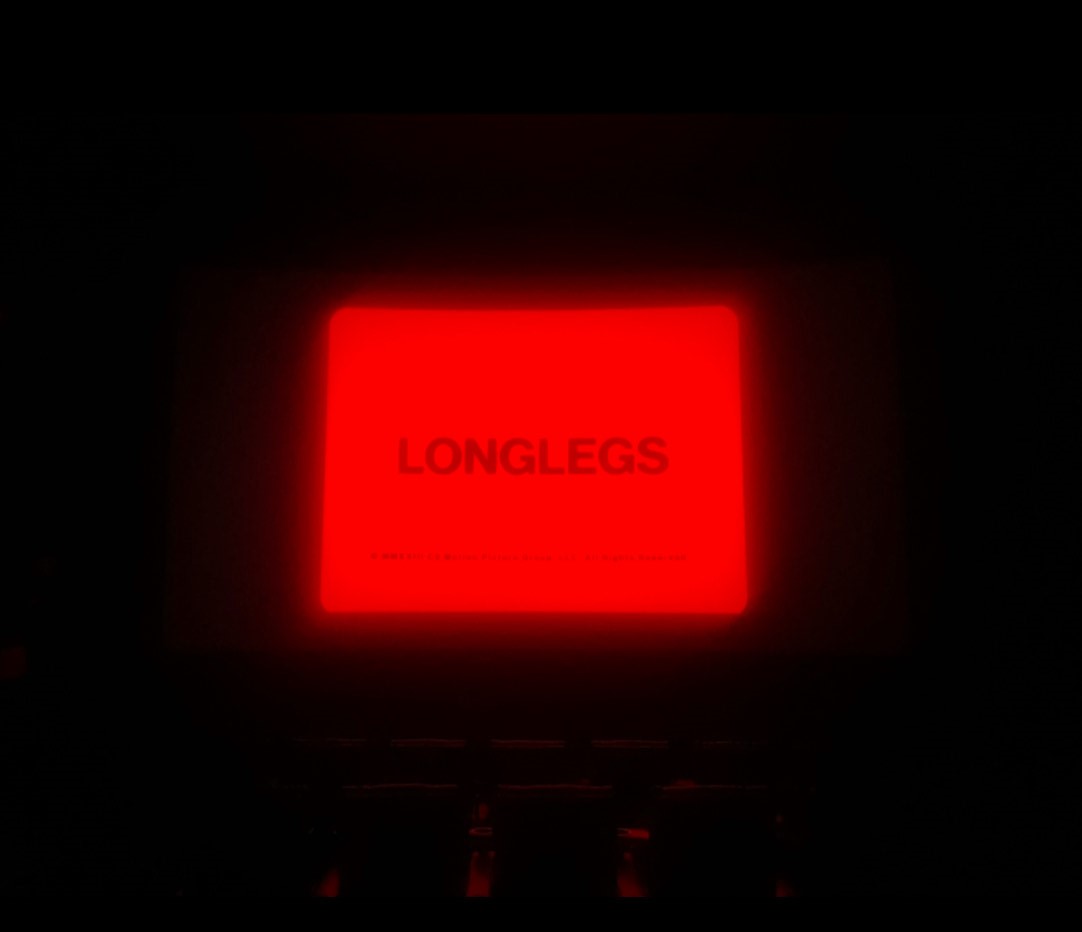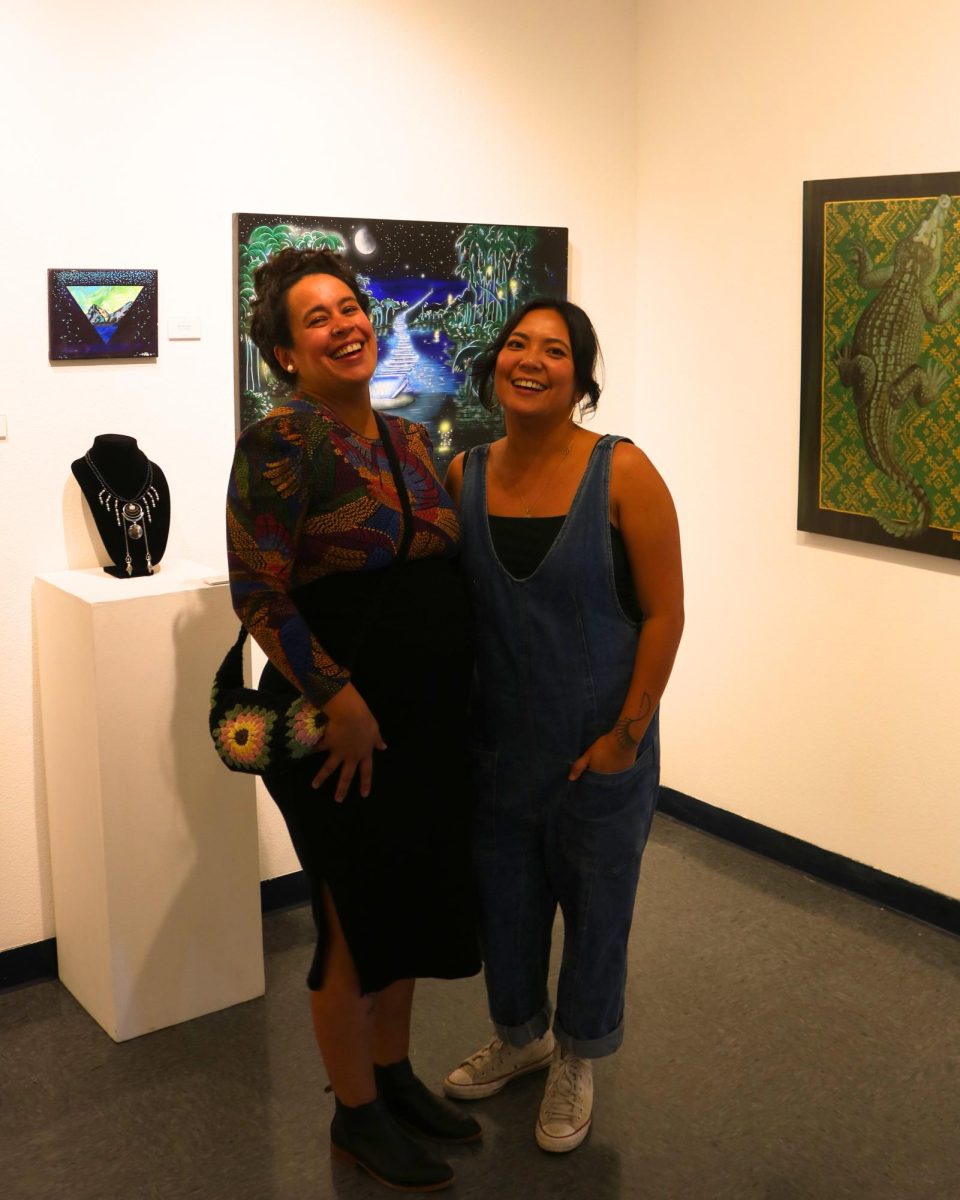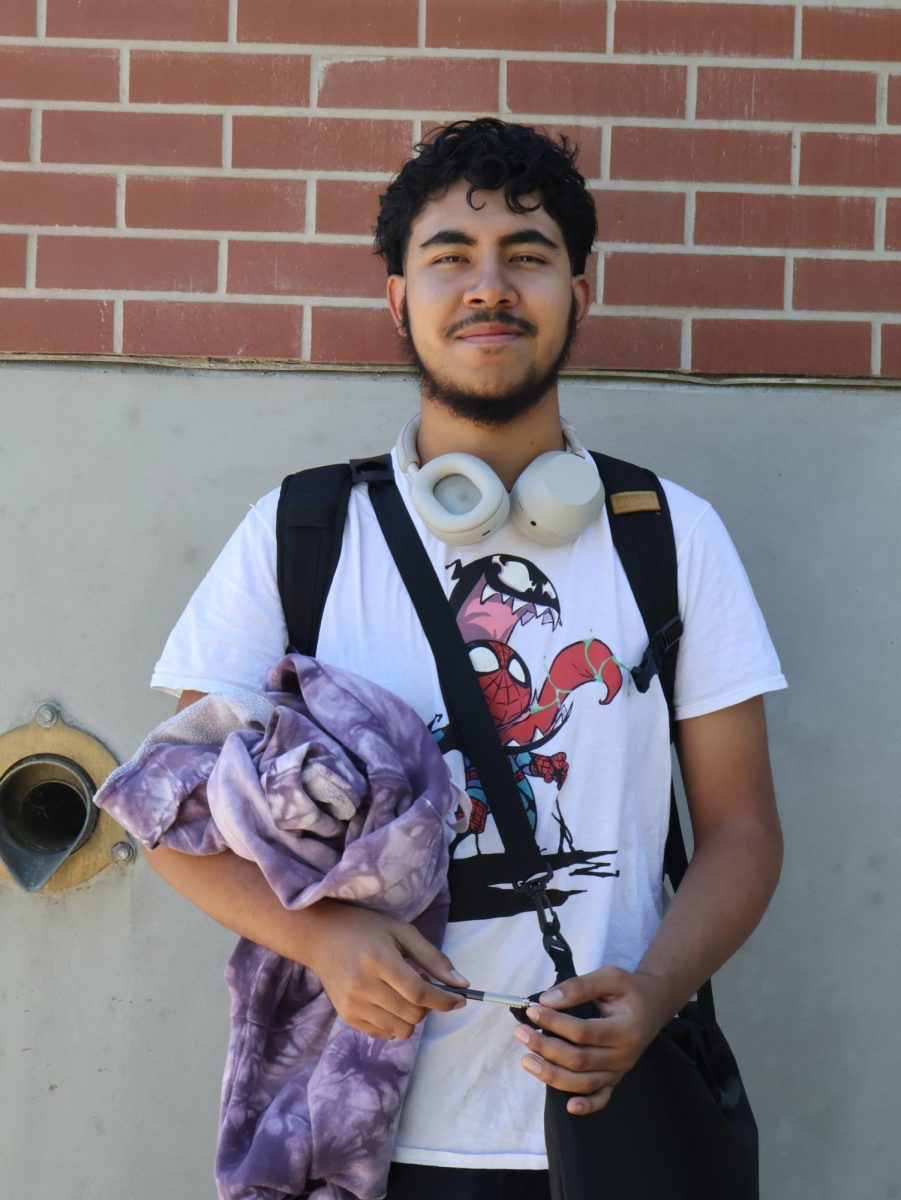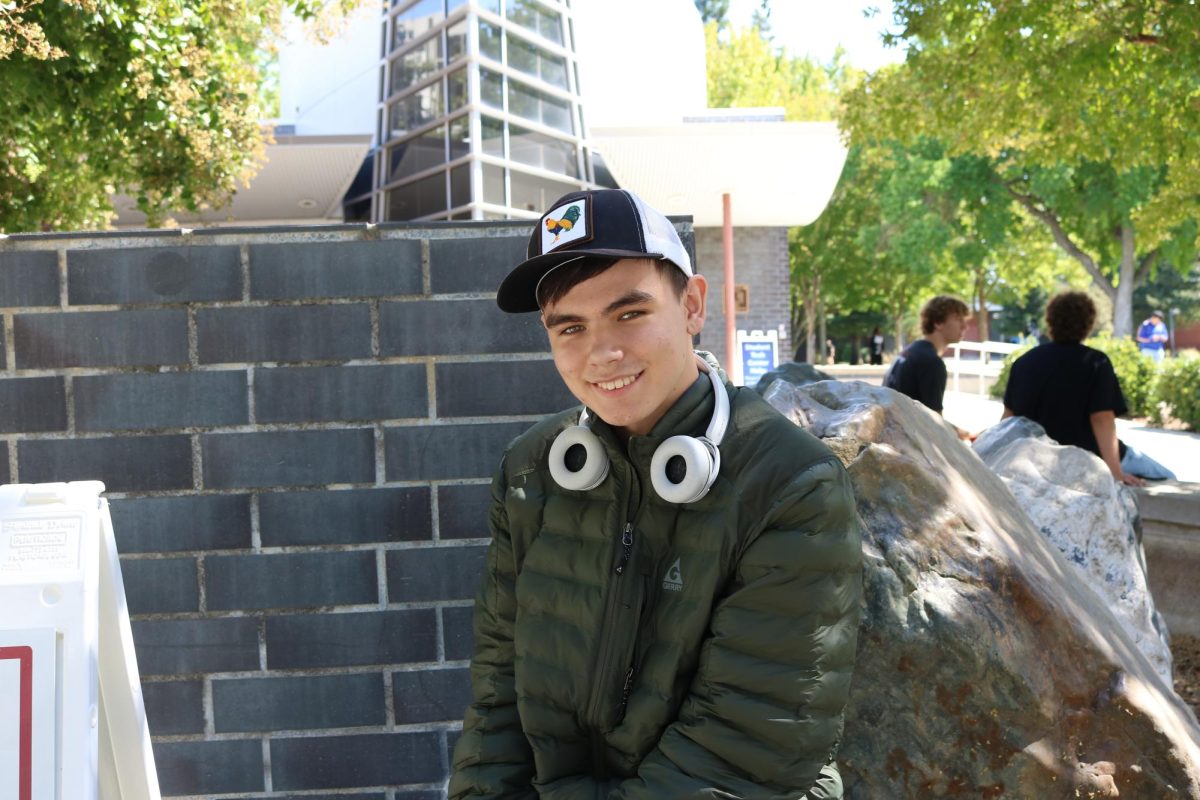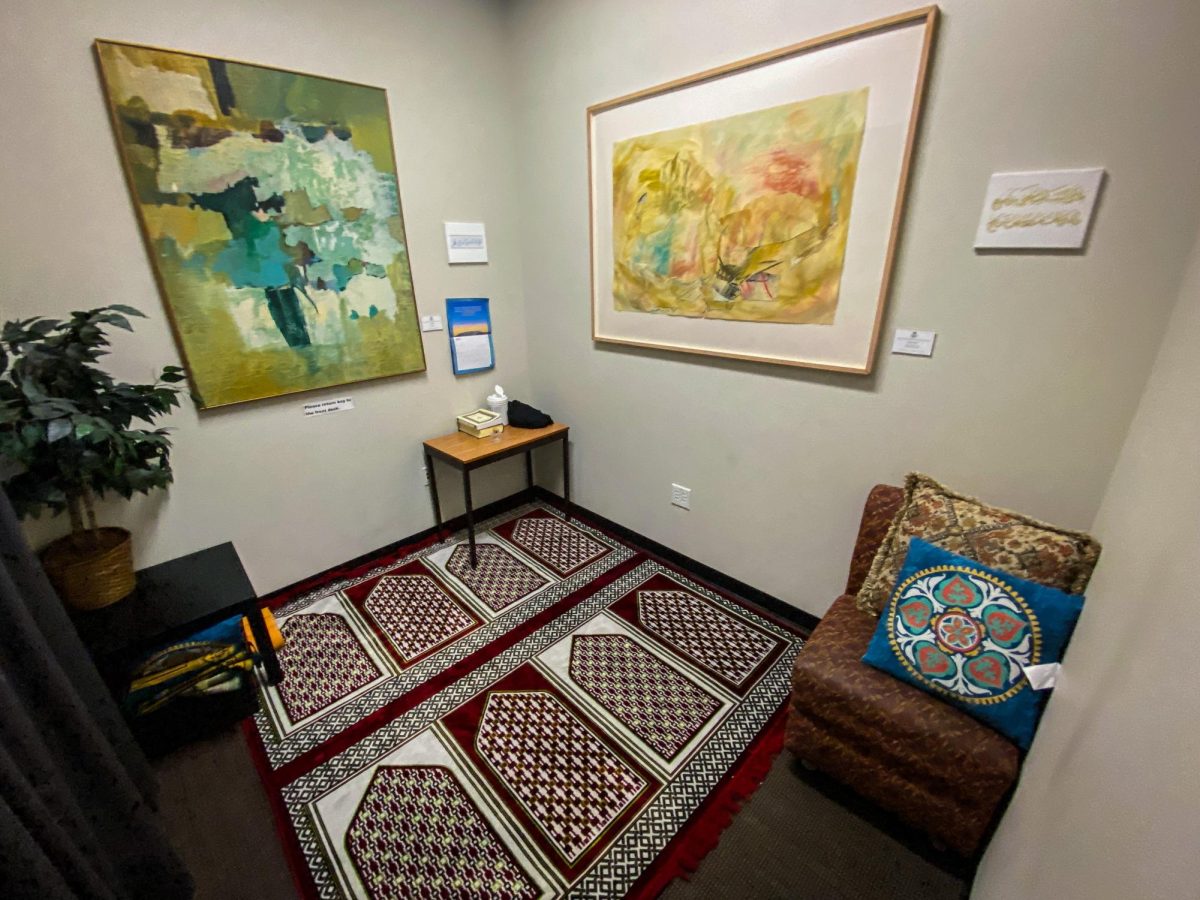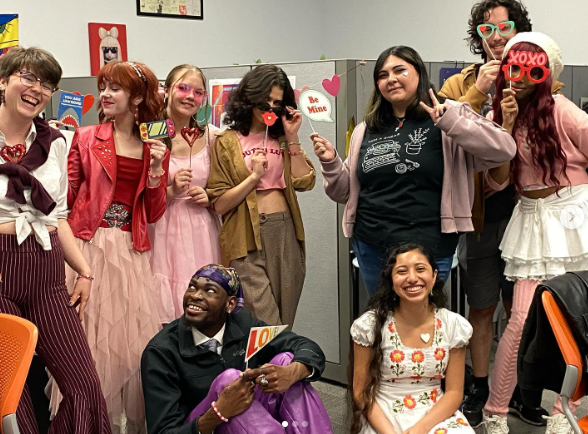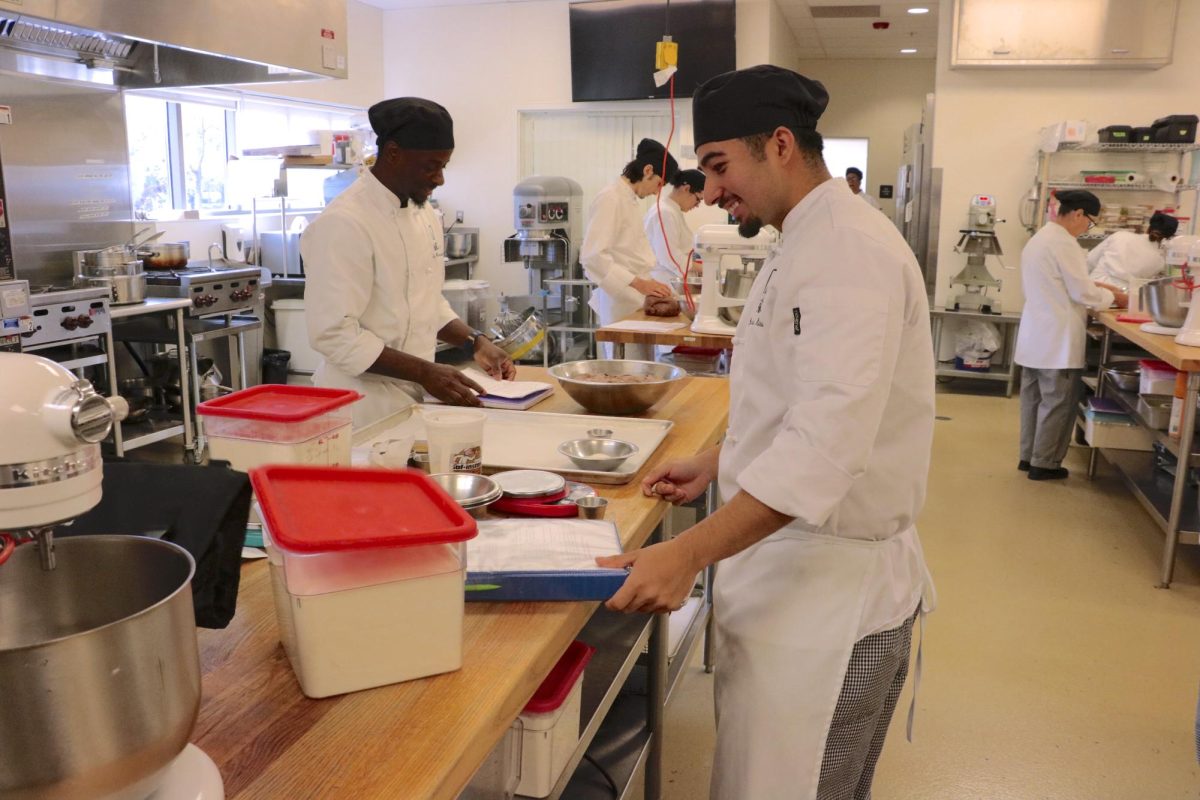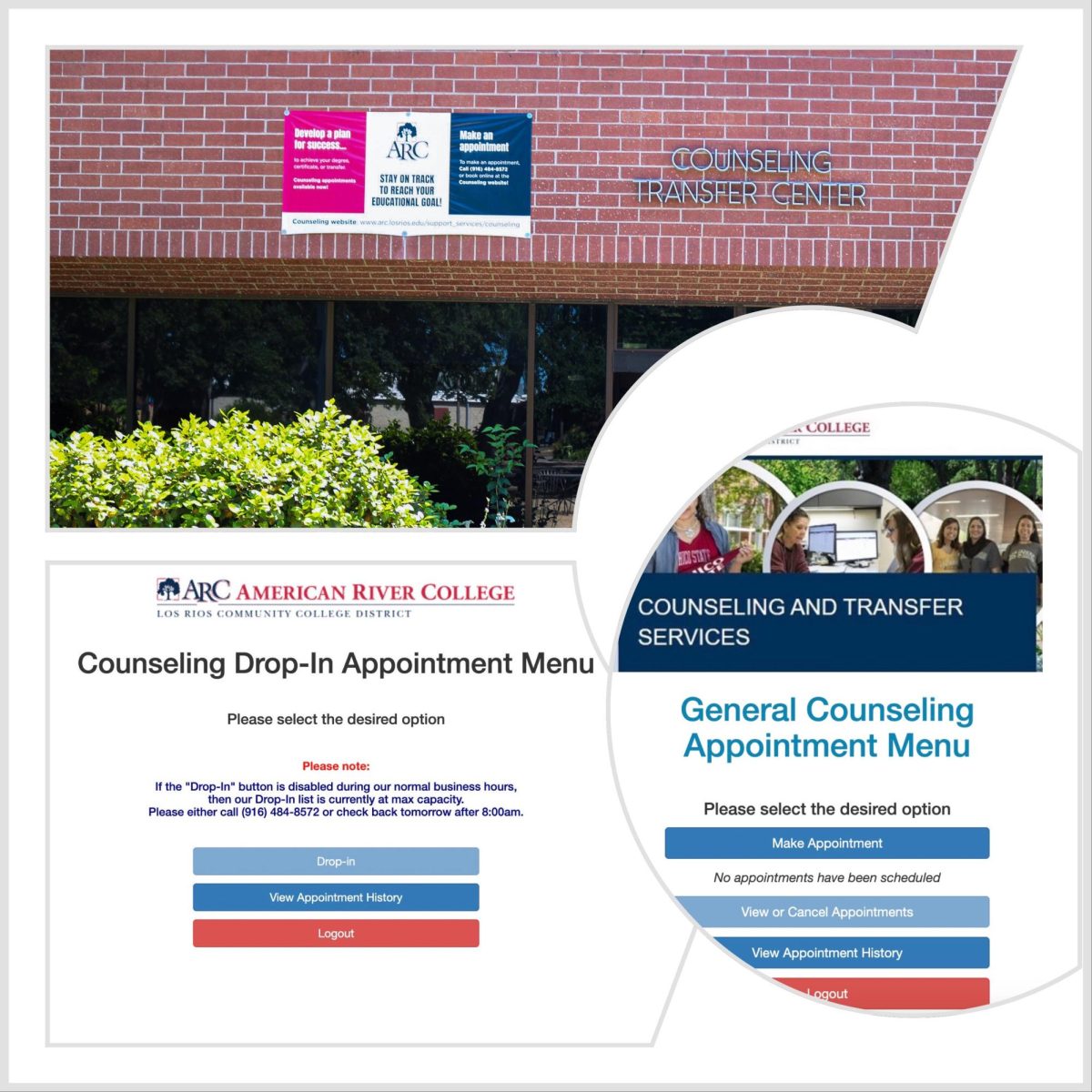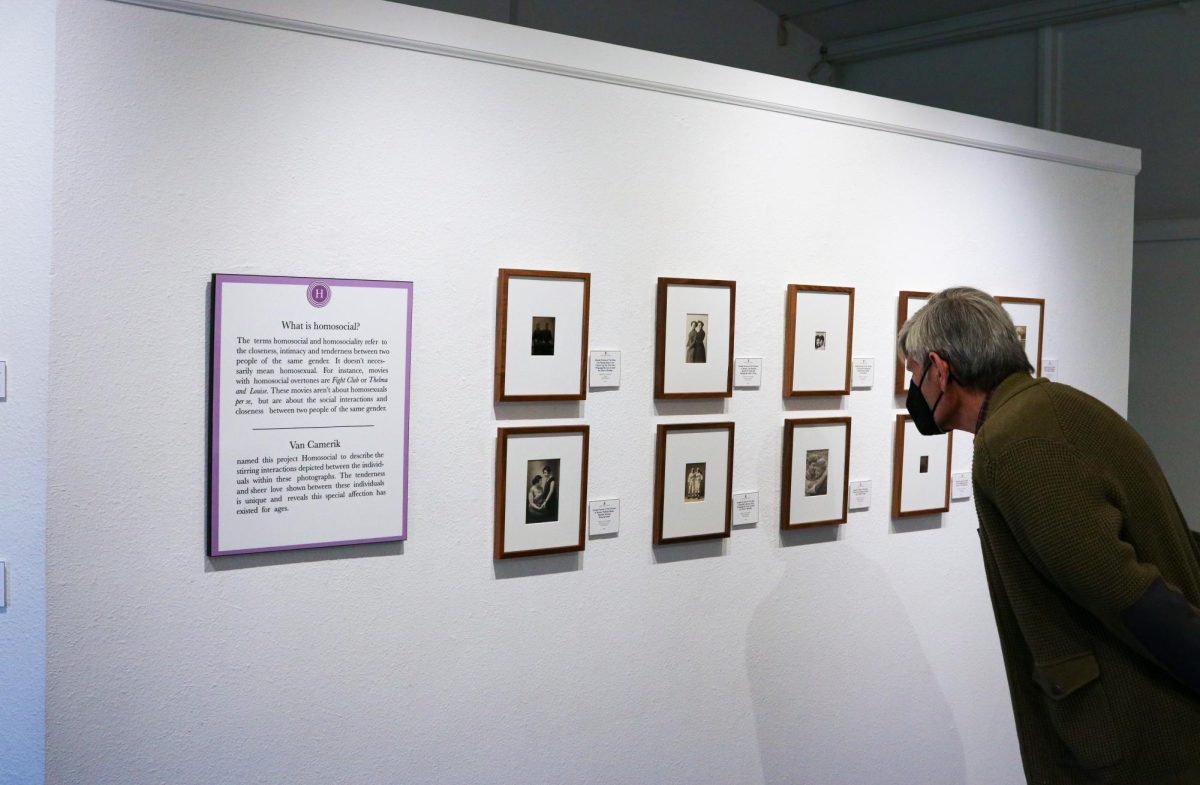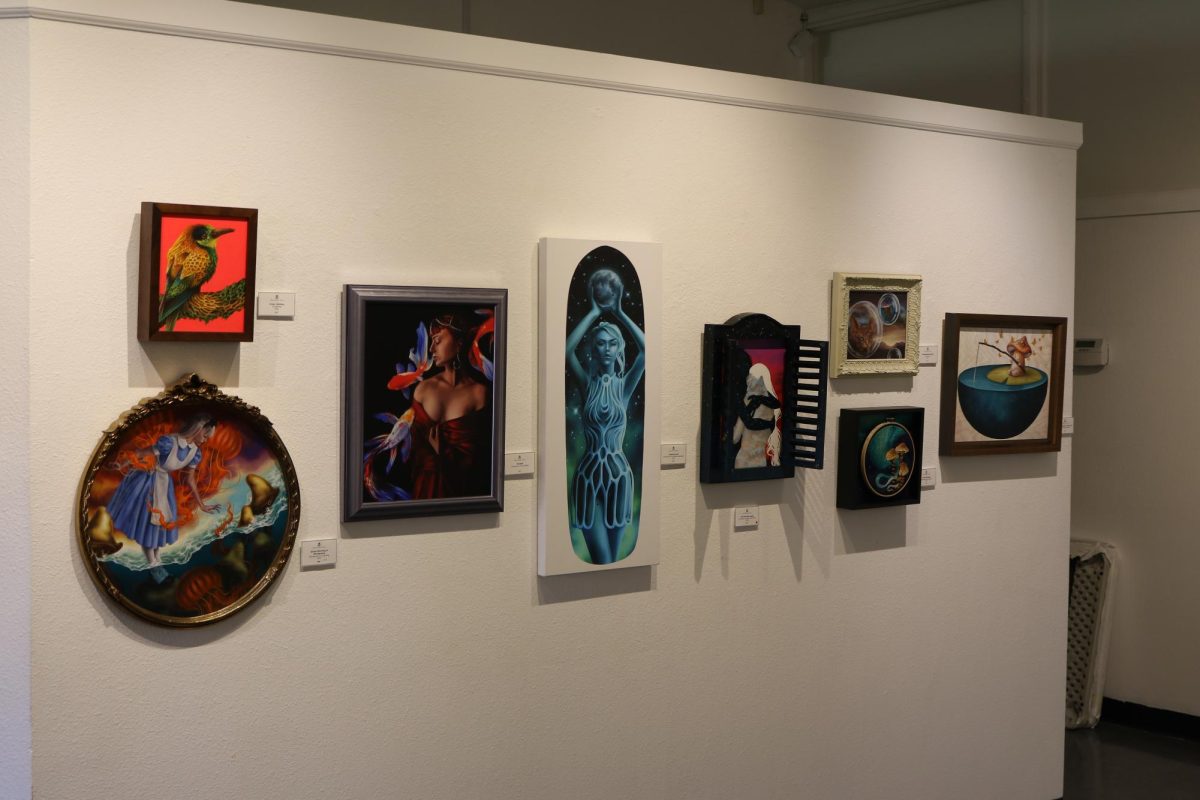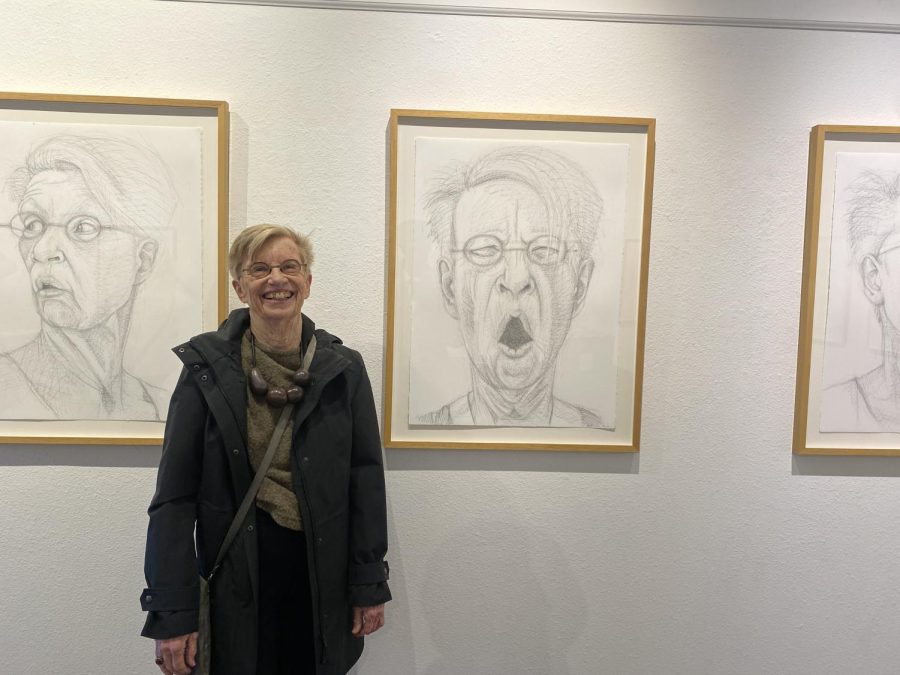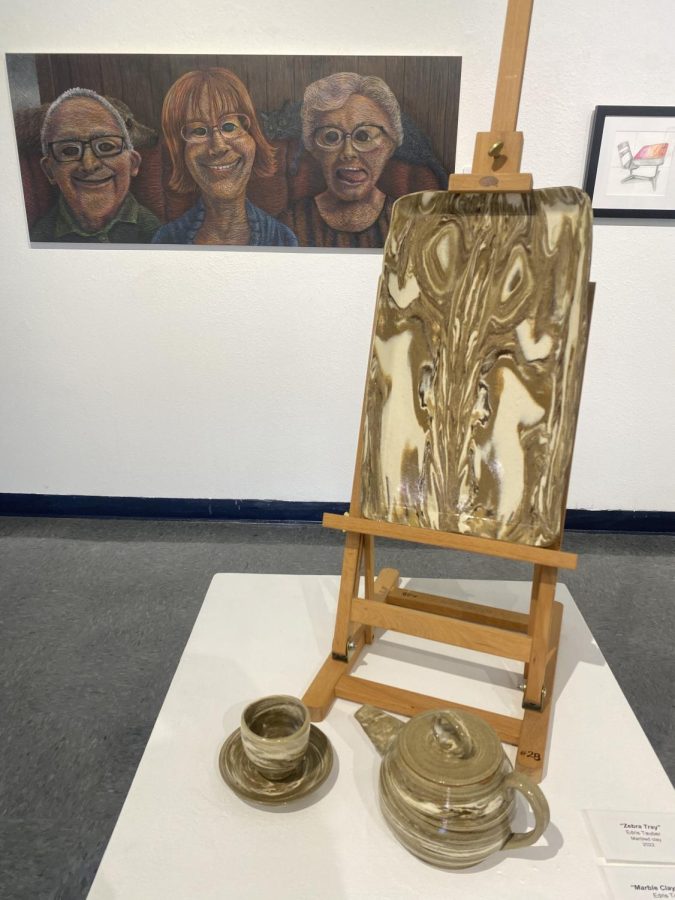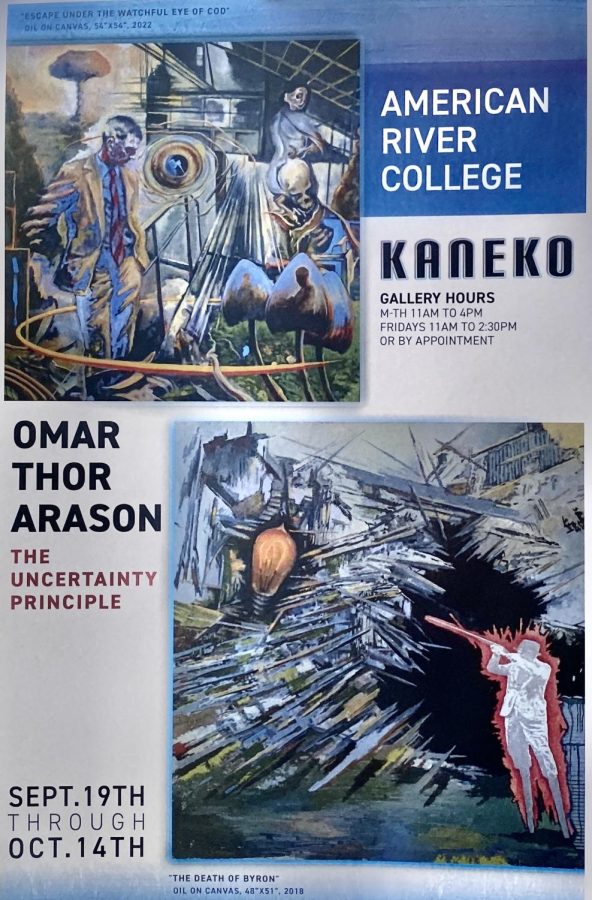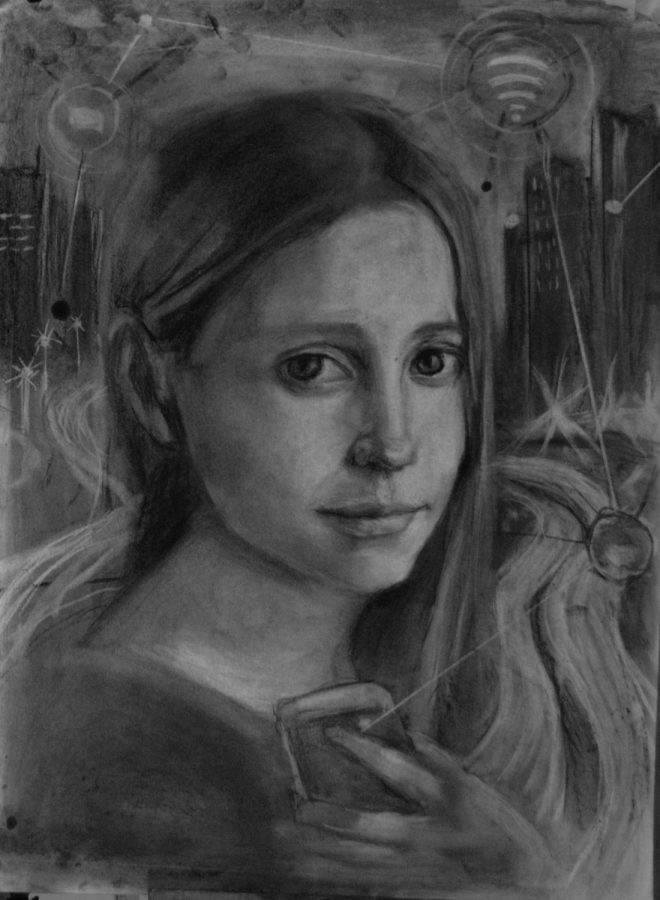There are more than 250 art pieces across campus, but no way to find them all unless you wander around for hours on end. The art department is trying to change that with a new online map feature on the ARC website that will show students and visitors where they can find art on campus.
This new feature, out at the end of April, will allow anyone who visits the ARC website to see what paintings, murals and sculptures the college has to offer, including art classes. It will also tell the readers what the artifacts are about and where they can find them when they visit campus. The map could also be used as an opportunity for students to study other non-art options at ARC before possibly getting into a career in art.
Patricia Wood, an art professor at ARC, said that initially the head professors of the art department wanted a paper map so that people could tour the Permanent Art Collection (PAC) themselves on campus.
Wood met with Randy Schuster, a professor in the Tech Ed department who had a student already working on a Wayfinder’s map, a mobile navigation system, for ARC. This is when the idea for an online map sparked for Wood.
ARC’s Tech Ed sent over two interns, Amanda Baker and Jessica Giles, to help the art department out with the project by going with the Instructional Assistant Dolores White.
“She has been taking them around campus to different sites where art is located, and have been using their phones to take pictures,” Wood said.
Wood also said that when the first edition of the map is out readers can access each artifact location through the website.
“They should be able to use their phones to find out more information to each piece via a QR [Quick Response] Code,” Wood said.
Wood said that along with information about each piece, it describes each artist for every artifact.
Jodie Hooker, an art professor at ARC, is also part of the team developing the map for arts around campus.
Hooker and Wood both said that the first edition of the map will come out at the end of April, but the final edition of the map will not come out until much, much later.
“The final version may change with one or two elective suggestions,” Hooker said. “We are still working on this as a department.”
Hooker says that the map does not apply the necessary required development for artists who want to have a career in art and will be able to transfer.
“For instance, only one ceramic class and one photo class are in the map, but to transfer to a four-year school in ceramics or photography at the upper division level,you must have several courses in that media,” Hooker said.
Hooker also said that the map will include a layout of each semester leading to a degree or certificate in various disciplines.
“That part is great. They also include information about the fall or spring courses only,” Hooker said. “If you use the map but then study all general ed and elective options in the catalog you will build a great program for yourself.”
Hooker said that she was many things before an art professor. For example, she worked as science lab tech for a year, studied school psychology for a year and then studied history. She suggested that students don’t follow the map too closely and explore other interests.
“I spent four years in community college before I settled on my career path, art education,” Hooker said. “My advice [is to] study all of your options not just the map as published.”


